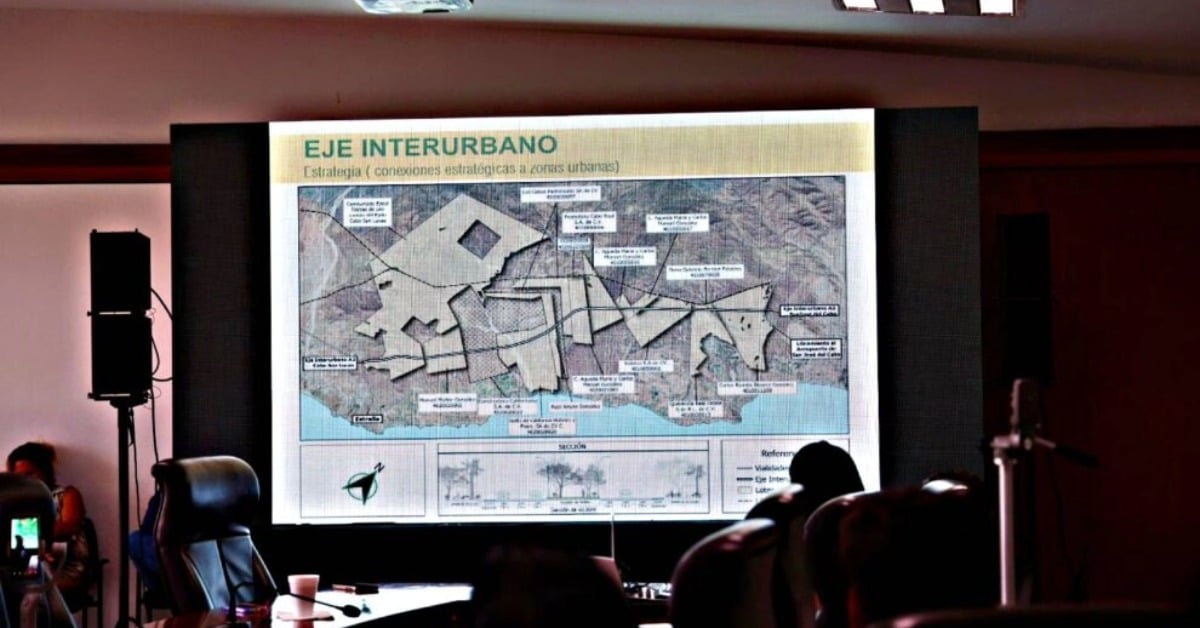Los Cabos donates land for the Los Cabos Interurban Axis to ease Transpeninsular highway congestion and improve direct mobility between Cabo San Lucas and San José del Cabo . . .


Los Cabos donates land for the Los Cabos Interurban Axis to ease Transpeninsular highway congestion and improve direct mobility between Cabo San Lucas and San José del Cabo . . .

